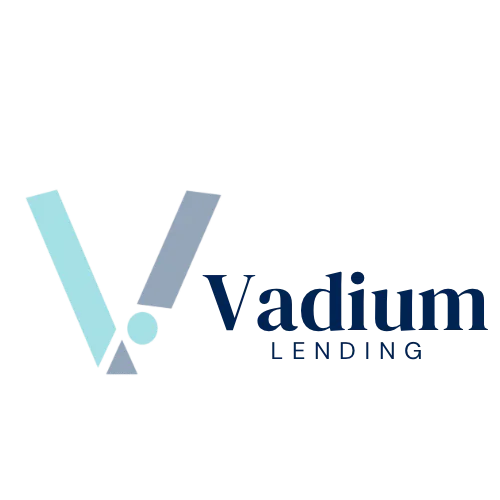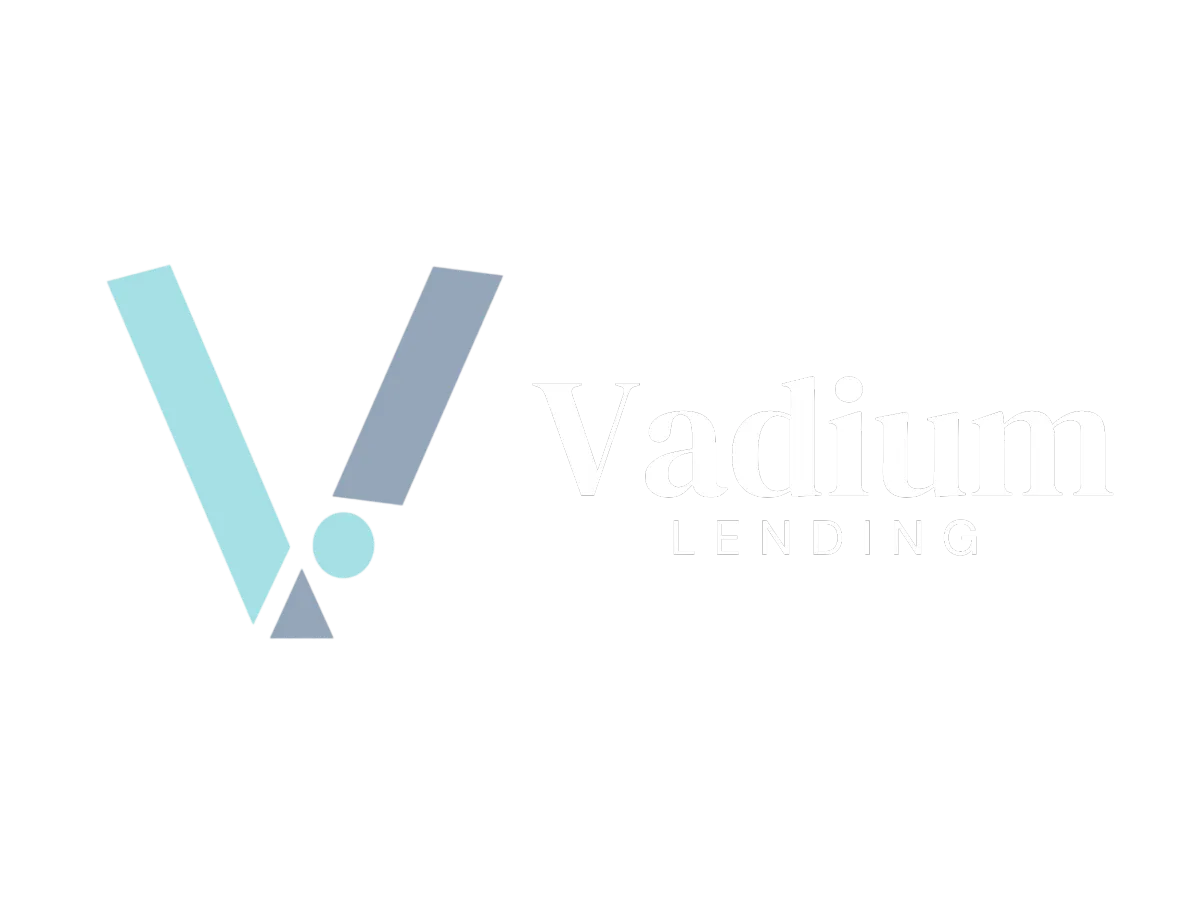Business Finance
Our Services, YOUR Options
Leveraging Debt to Achieve Wealth

Commercial Loans
We provide exceptional service to those looking to:
Invest in Commercial Property
Refinance Commercial Property
Commercial SMSF

Cash Flow Loans
Cash Flow loans for every business looking for:
Unsecured Loan
Line Of Credit
Debt Consolidation
Invoice Loans

Asset / Equipment
Solutions for those looking to upgrade or expand:
Earthmoving
Trucks
Boats
Aeroplanes
Medical Equipment

Veteran Loans
Defence Veteran business finance for those needing funds for:
Business Growth
Equipment
Cash Flow
Property

Understanding Key Terms and Concepts
Understanding Key Terms and Concepts for Business Lending

Understanding the language of business lending is crucial for entrepreneurs and business owners seeking financing. By familiarising yourself with key terms and concepts, you can navigate the lending landscape with confidence and make informed decisions that support your business's growth and success.
Debt Service Coverage Ratio (DSCR): This ratio measures a company's ability to cover its debt obligations with its operating income. A higher DSCR indicates stronger financial health and lower risk for lenders.
Loan-to-Value Ratio (LVR): The LVR compares the loan amount to the value of the asset being financed. It helps lenders assess risk and determine the amount of collateral required for the loan.
Working Capital: Working capital represents the difference between a company's current assets and current liabilities. It is essential for covering day-to-day operational expenses and maintaining liquidity.
Collateral: Collateral is an asset pledged by a borrower to secure a loan. It provides lenders with security in case the borrower defaults on the loan.
Interest Rates: Interest rates determine the cost of borrowing money. They can be fixed or variable and may vary based on factors such as creditworthiness, loan term, and market conditions.
Amortization: Amortization refers to the process of gradually paying off a loan over time through regular payments that include both principal and interest.
Real-World Examples:
Suppose a business has a DSCR of 1.5, indicating that its operating income is 1.5 times its debt obligations. Lenders view this favourably as it suggests the business has sufficient cash flow to cover its debt.
A loan with an LVR of 80% means the lender is financing 80% of the asset's value, requiring the borrower to provide the remaining 20% as a down payment or collateral.
Working capital is critical for businesses to cover expenses such as payroll, inventory purchases, and rent, ensuring smooth day-to-day operations.
Collateral can take various forms, including real estate, equipment, inventory, or accounts receivable, providing lenders with assets to seize in case of default.
Understanding the difference between fixed and variable interest rates allows borrowers to choose a loan that aligns with their risk tolerance and financial goals.
Amortization schedules outline how loan payments are applied to principal and interest over time, helping borrowers understand their repayment obligations.
By understanding these key terms and concepts, business owners can communicate effectively with mortgage brokers, evaluate financing options, and make informed decisions that support their business's financial health and growth.
Credit Representative Number 545975 is authorised under Australian Credit Licence 384324 (outsource Financial Pty Ltd). This is general information only and is subject to change. Your complete financial situation will need to be assessed before acceptance of any proposal or product. Vadium Lending (ABN 62 213 831 884).

